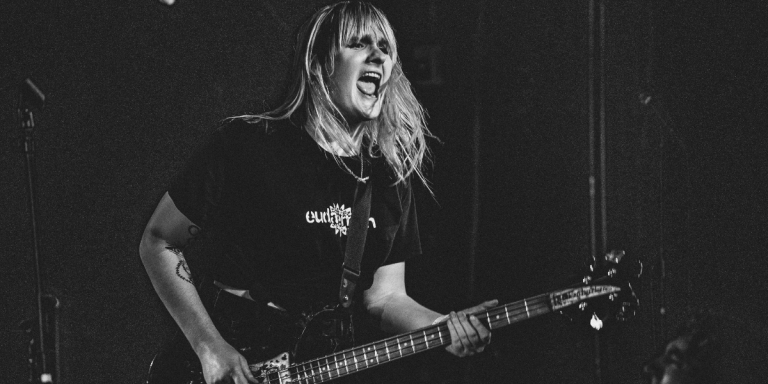music
Gatlin Releases the Ultimate Album for Queer Eldest Daughters
Sa'iyda Shabazz
Oct 6, 2025










